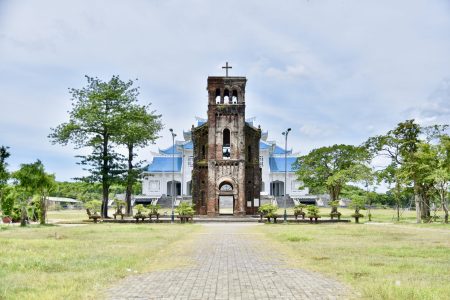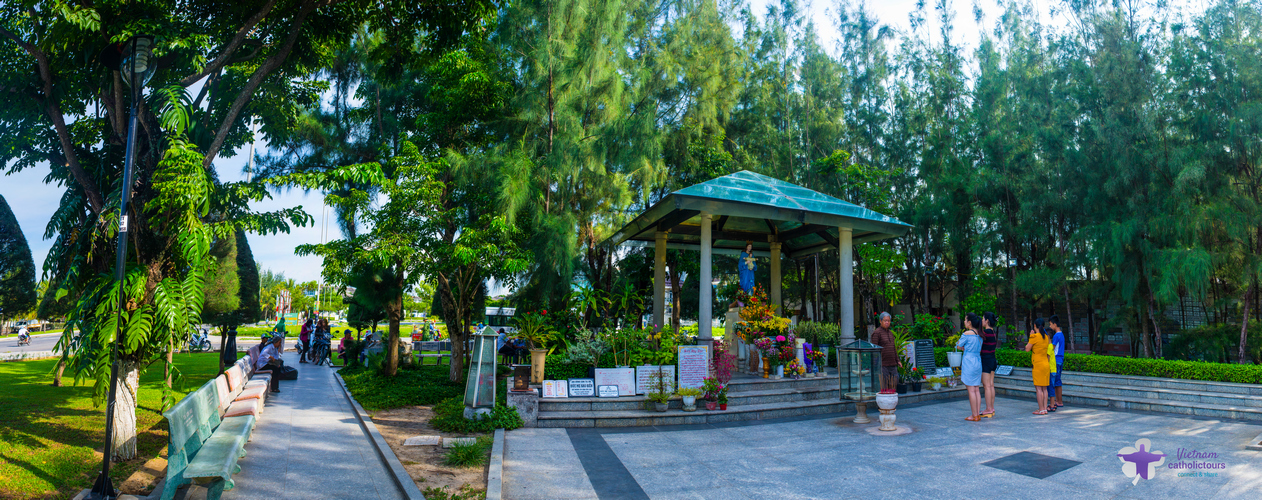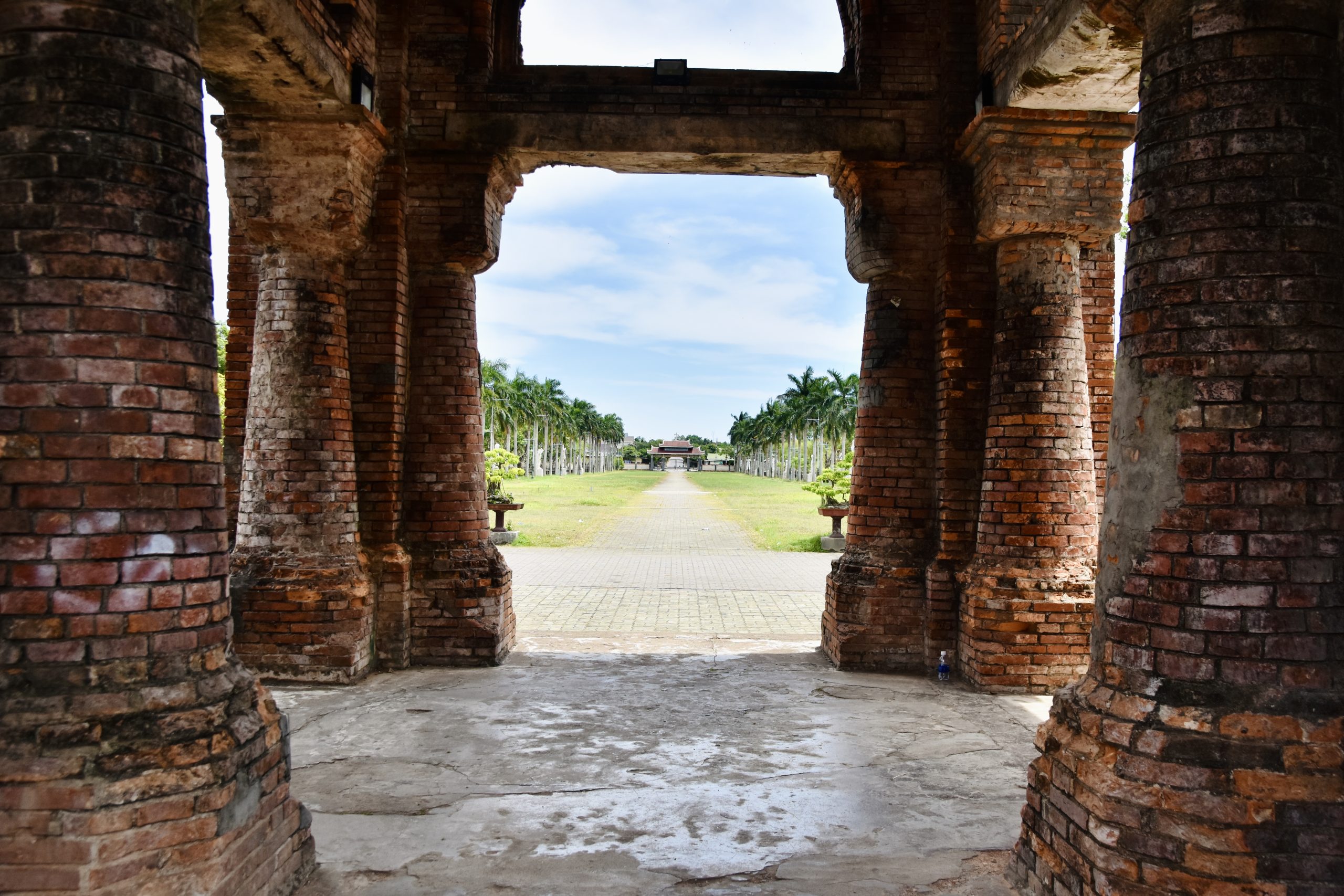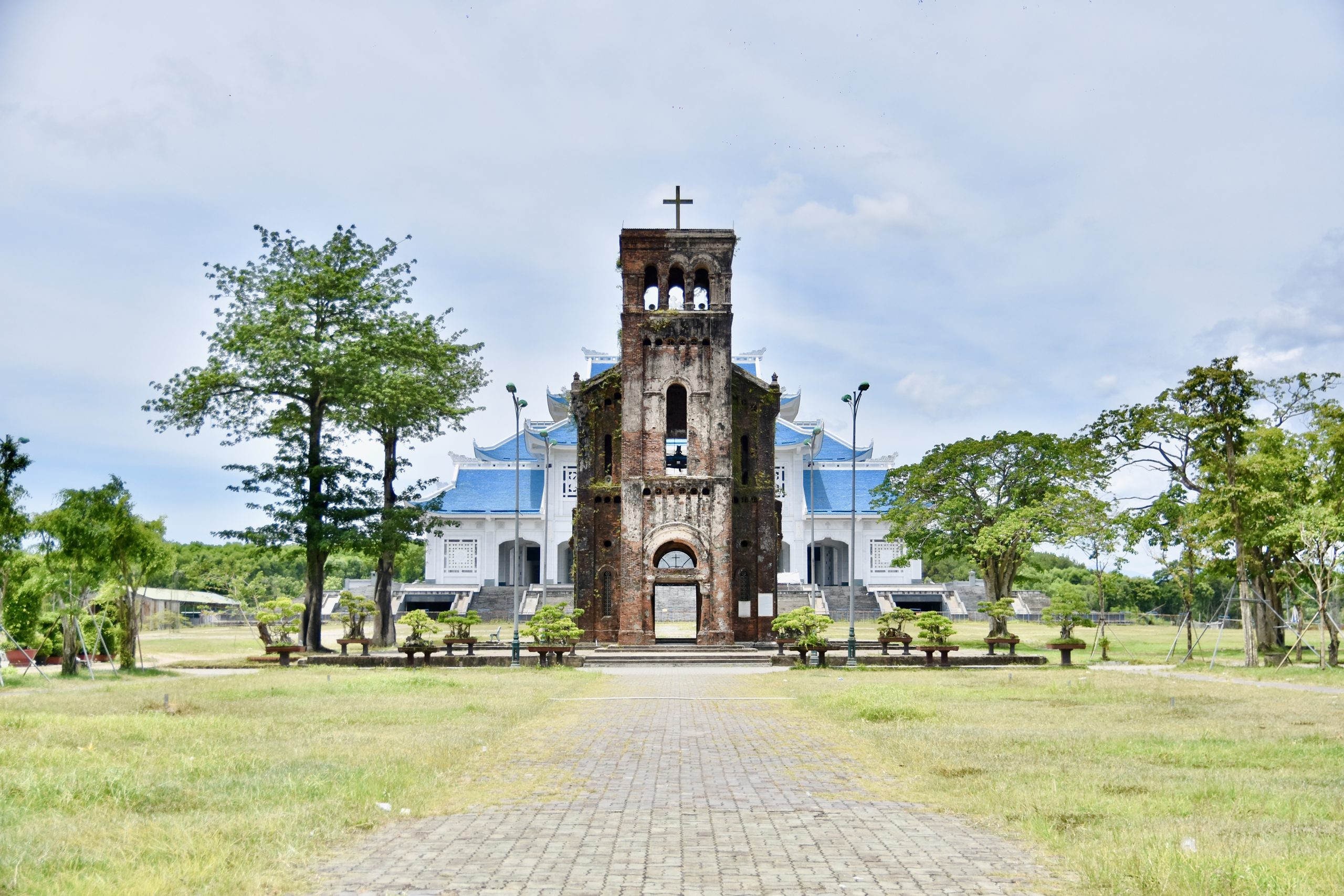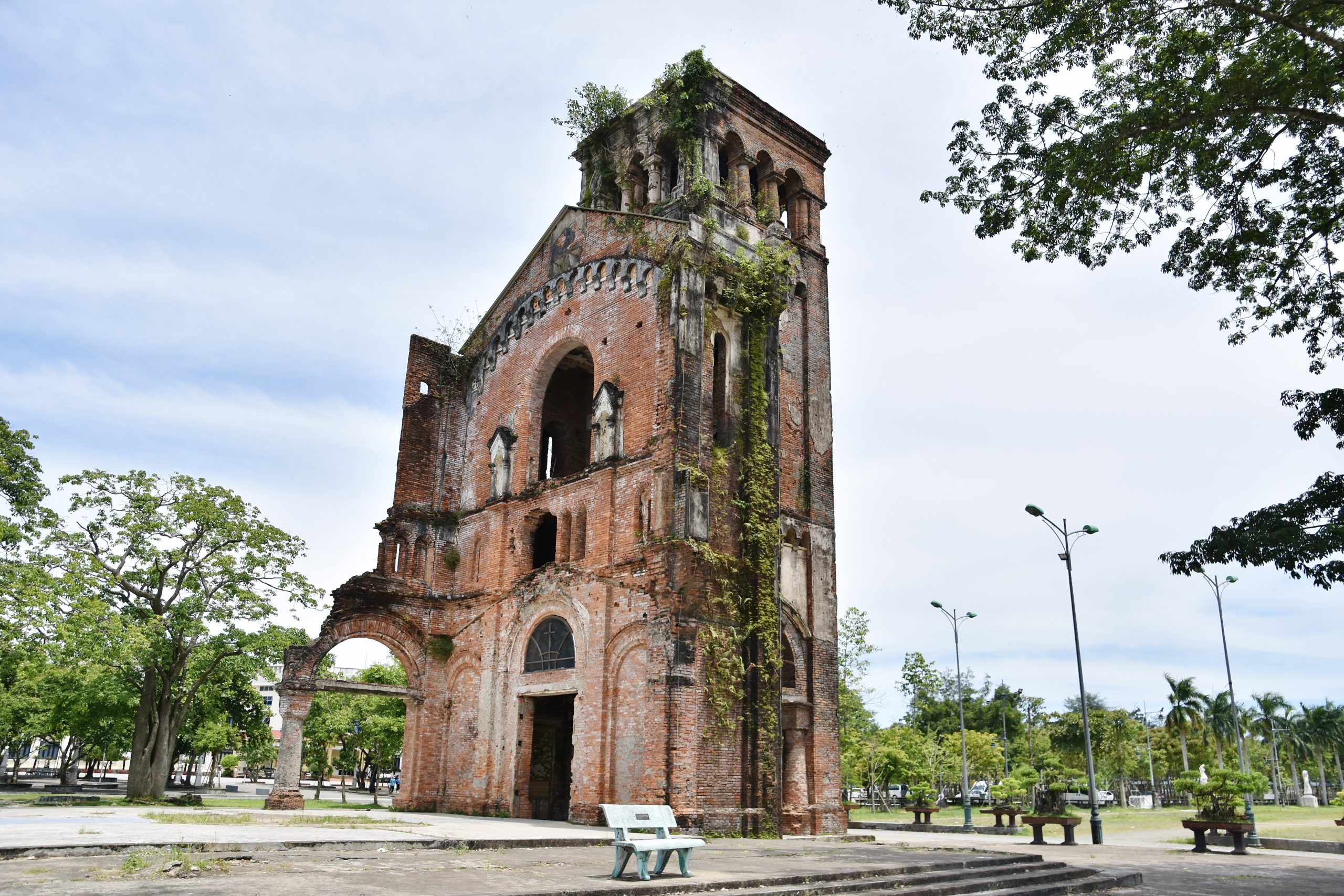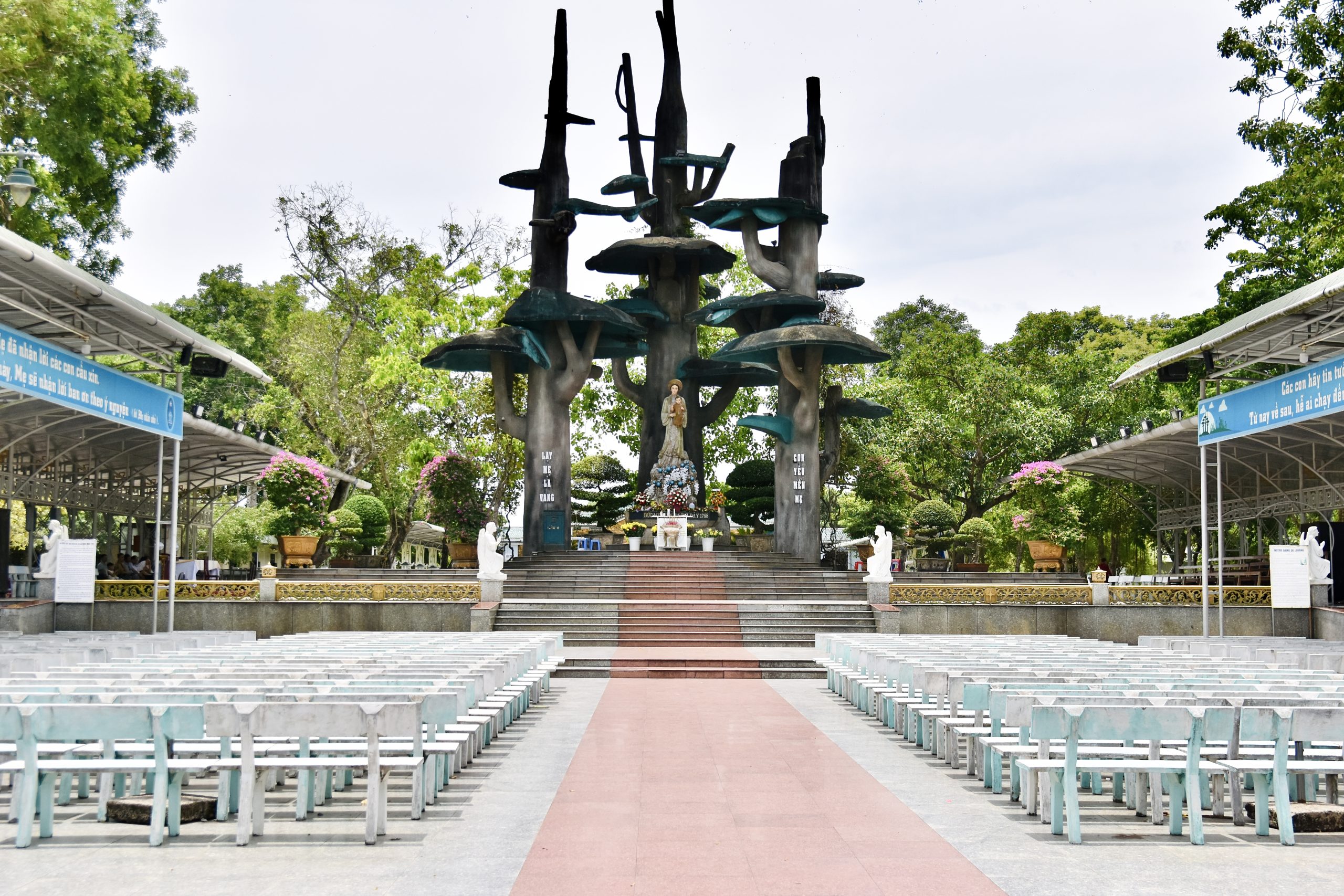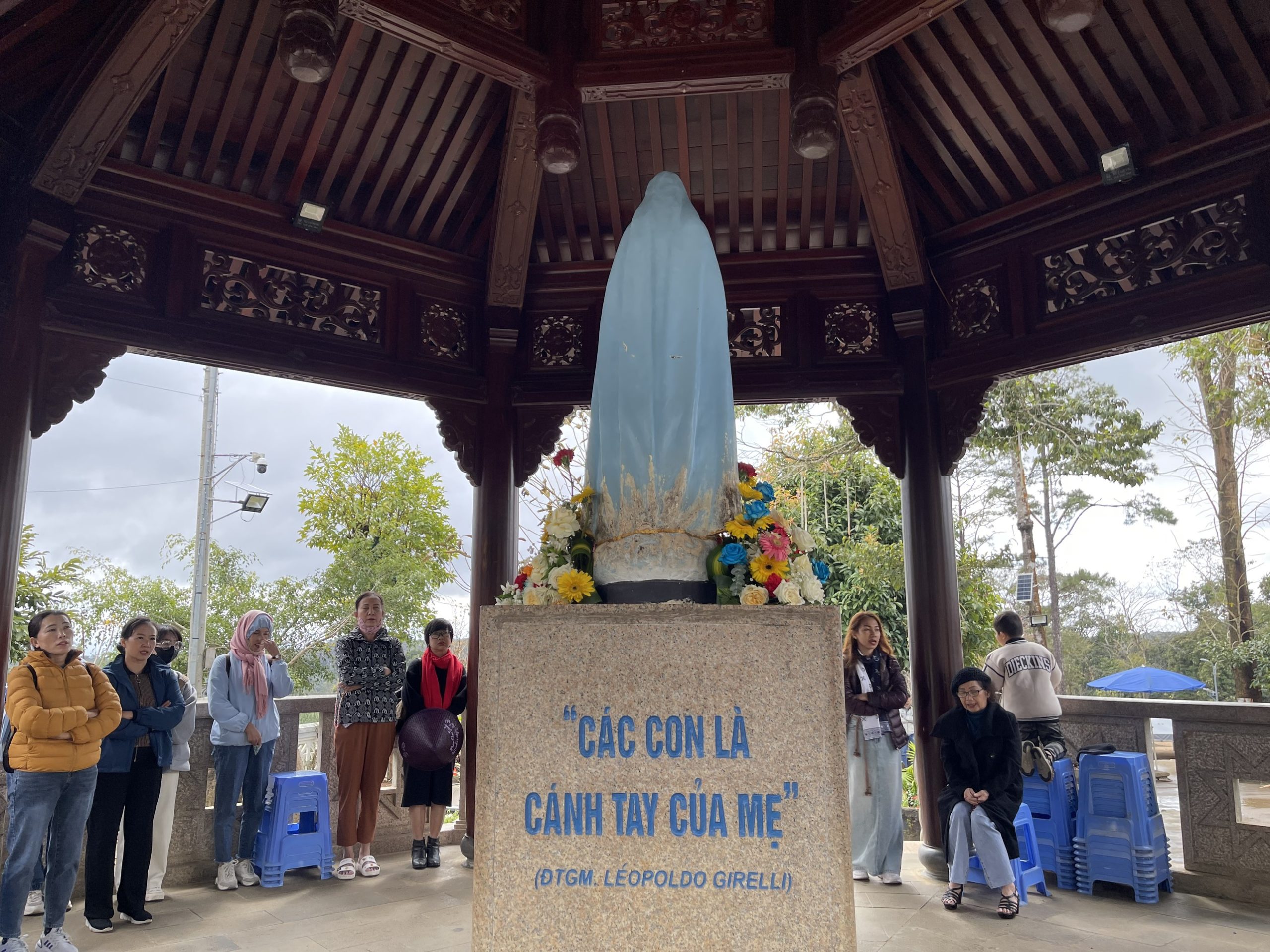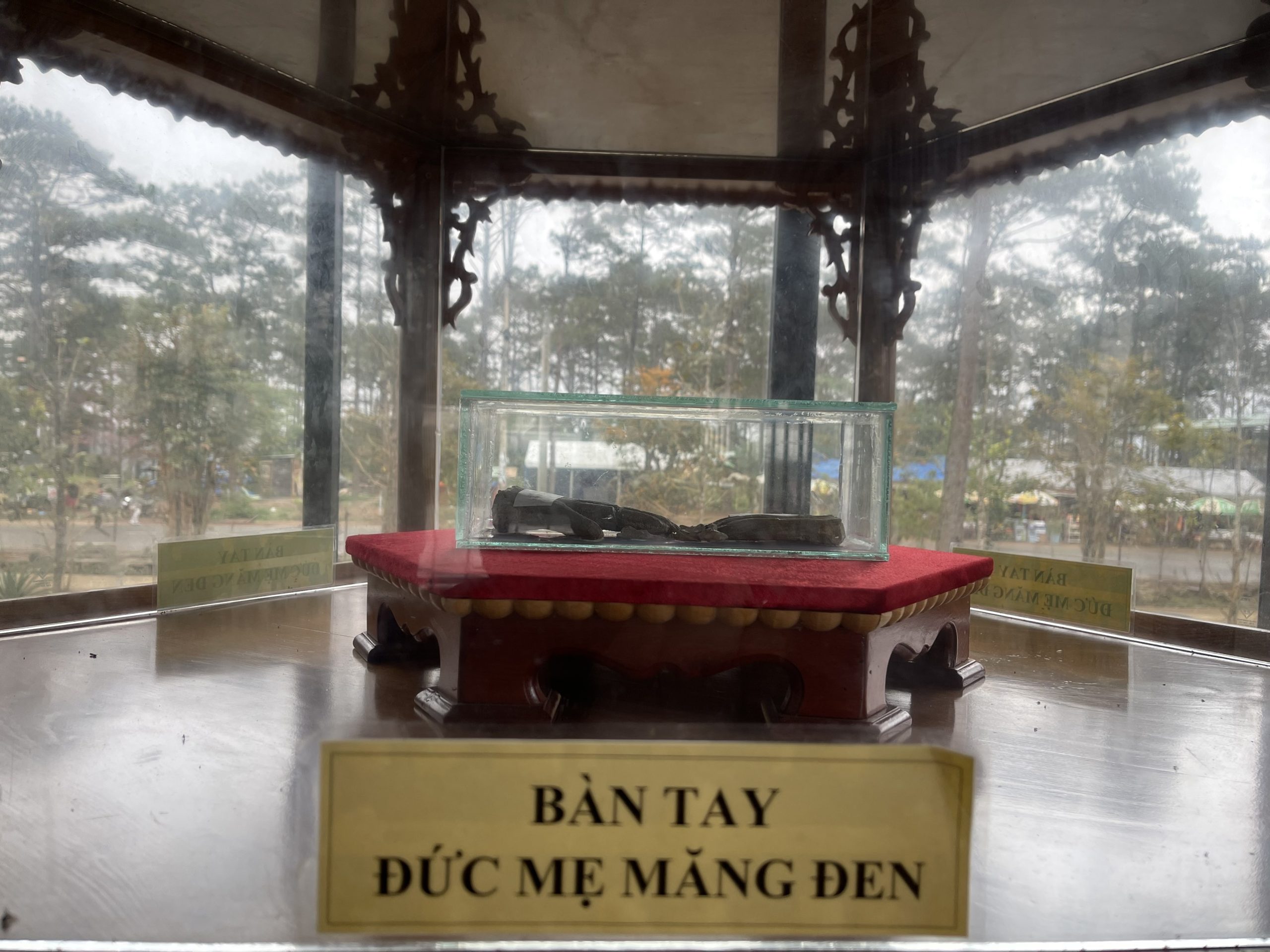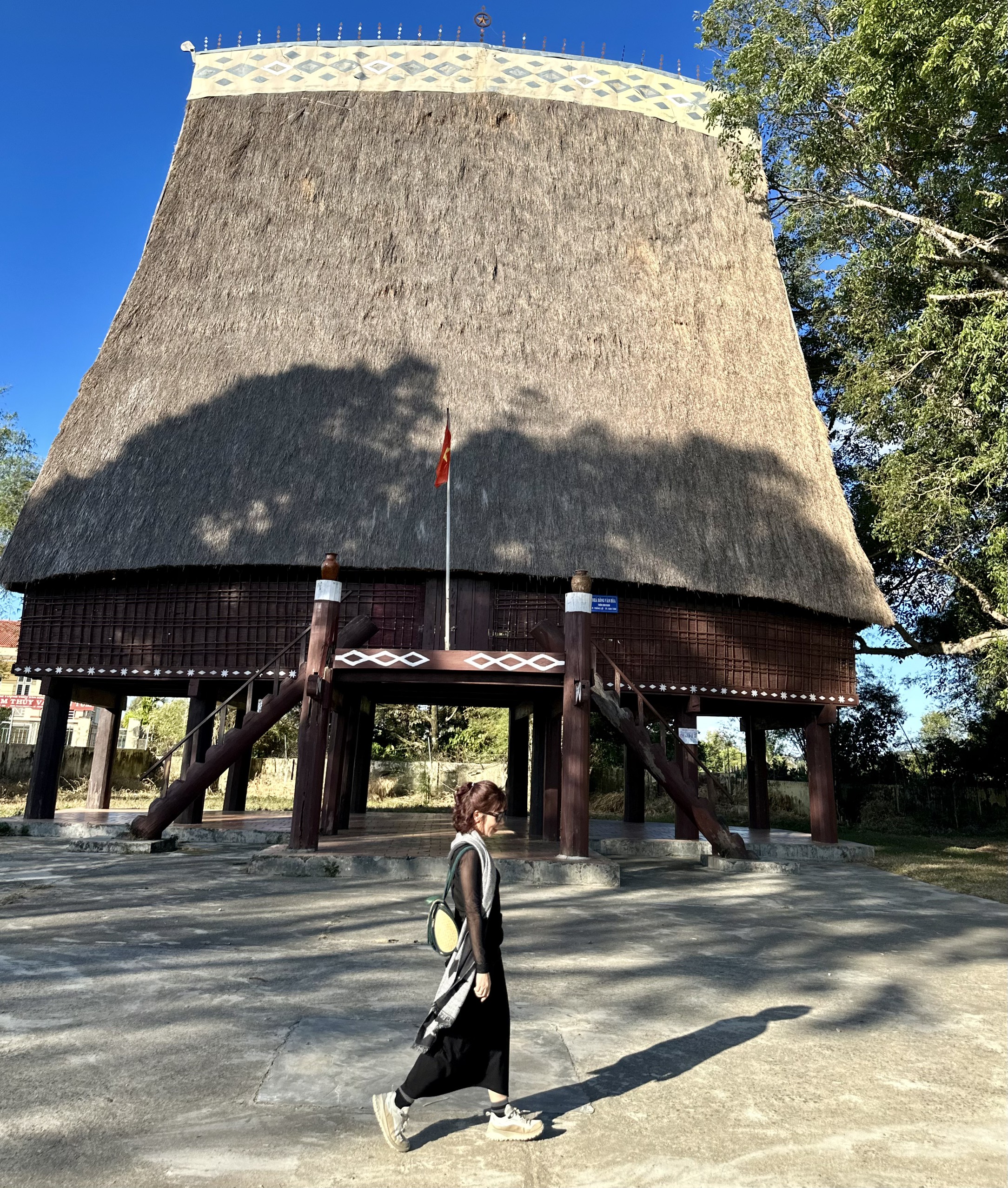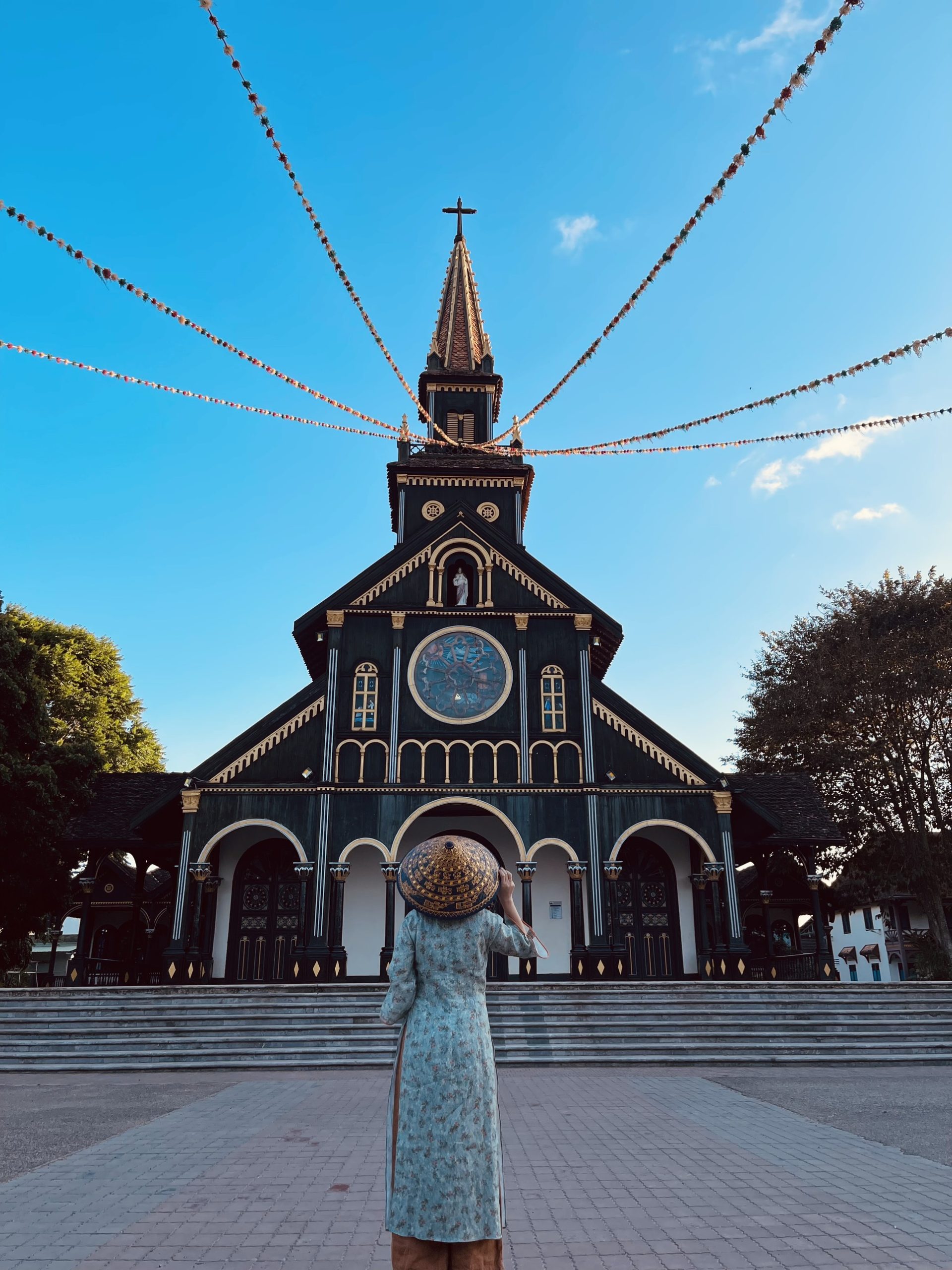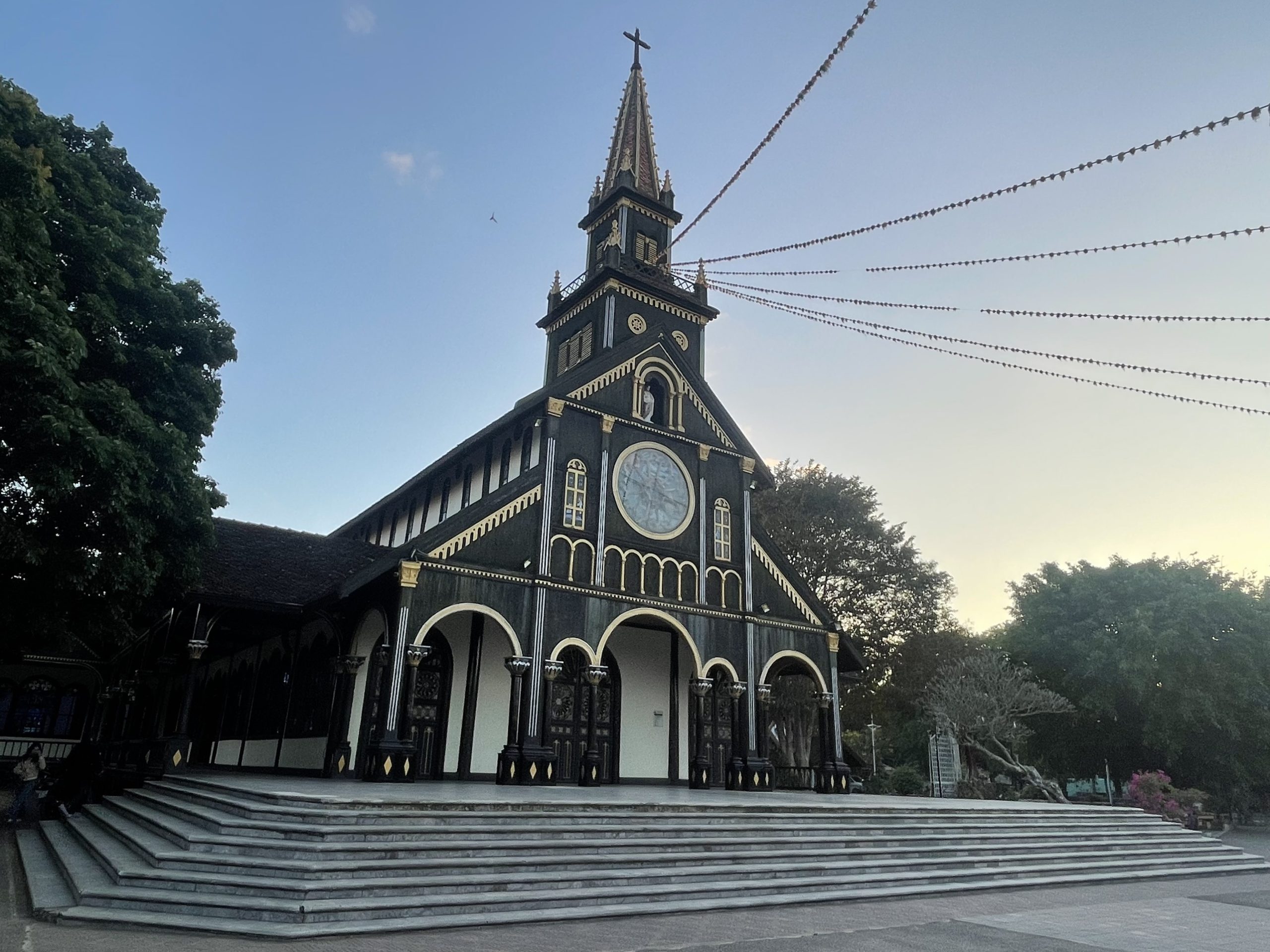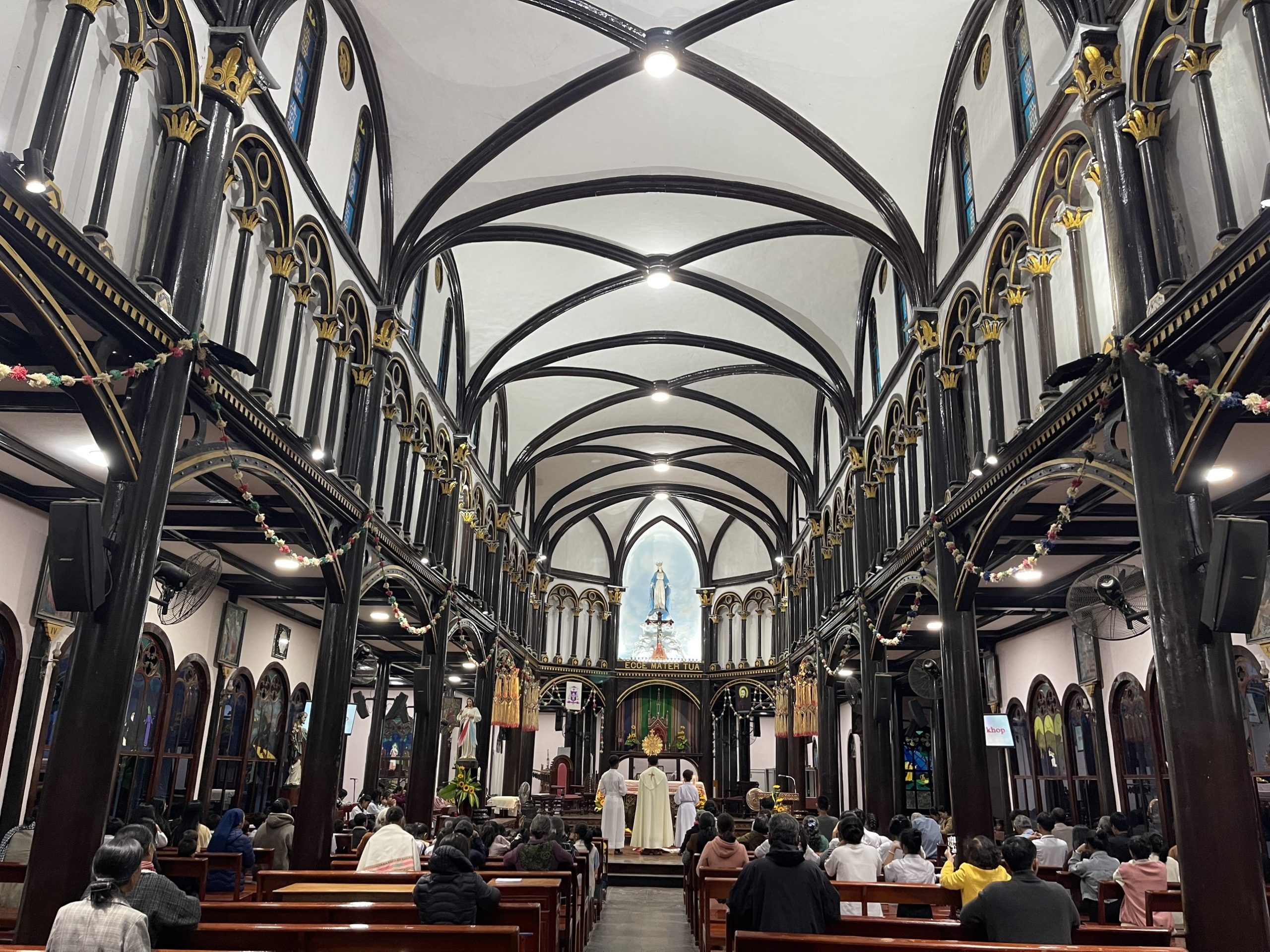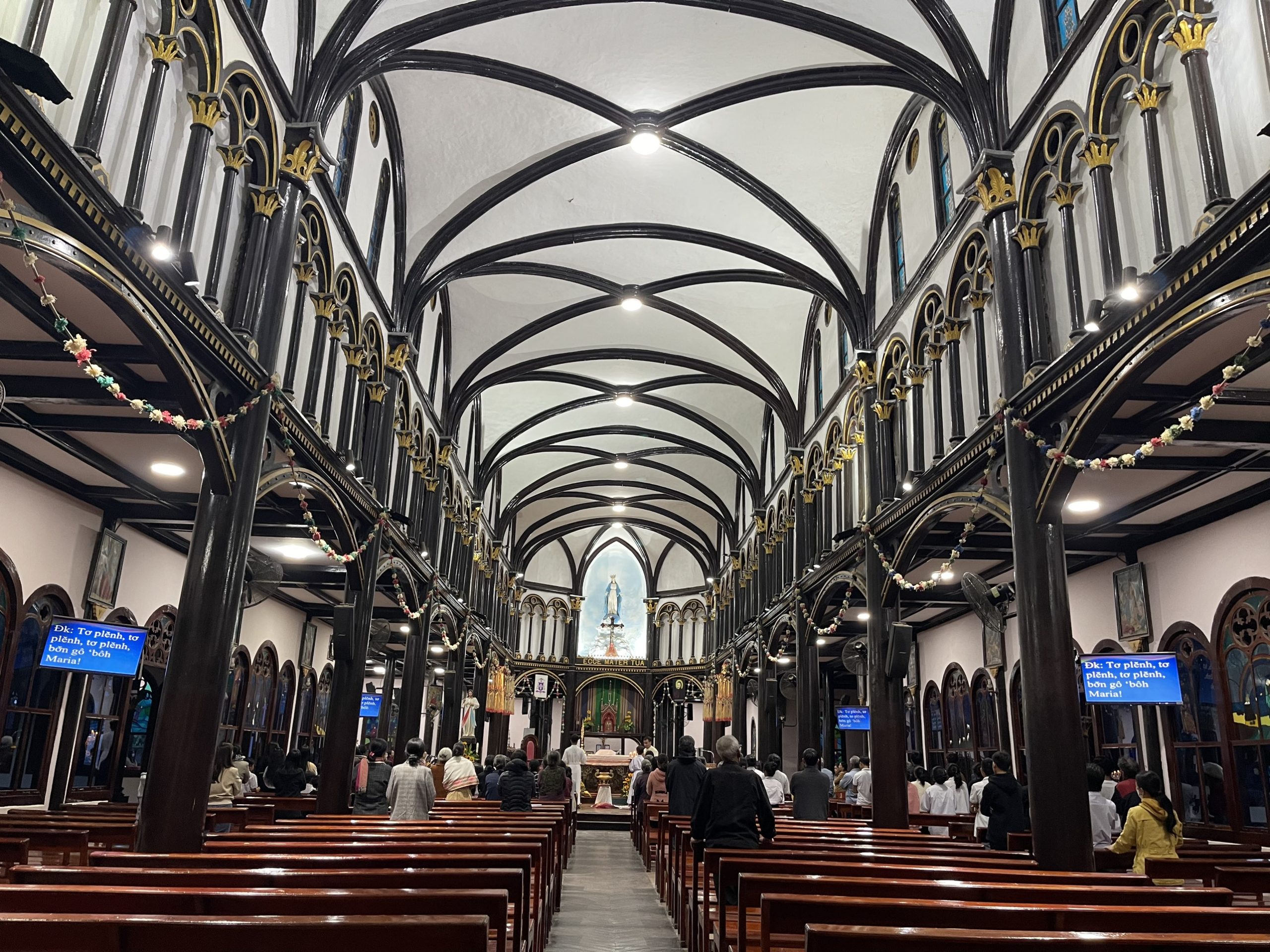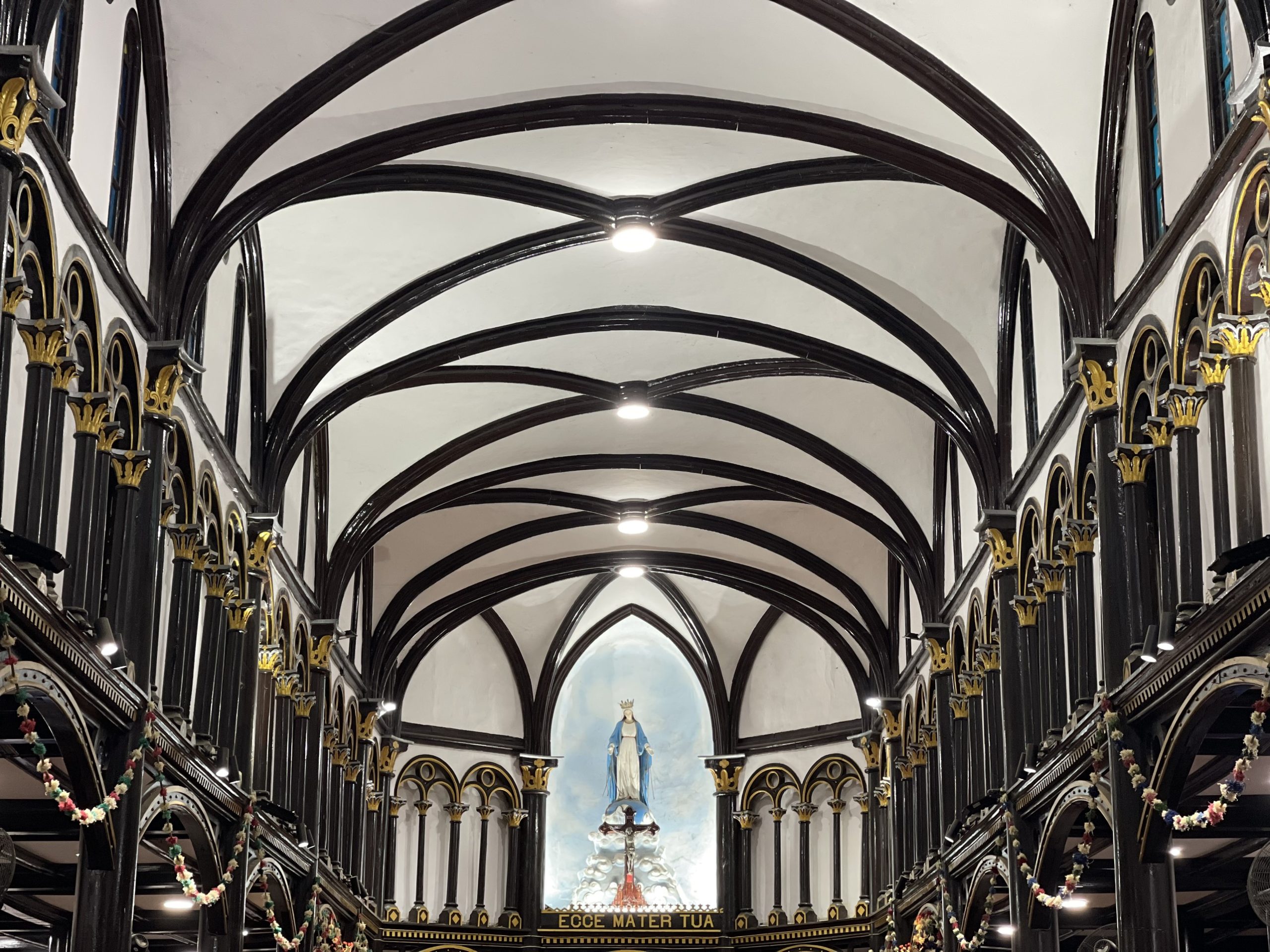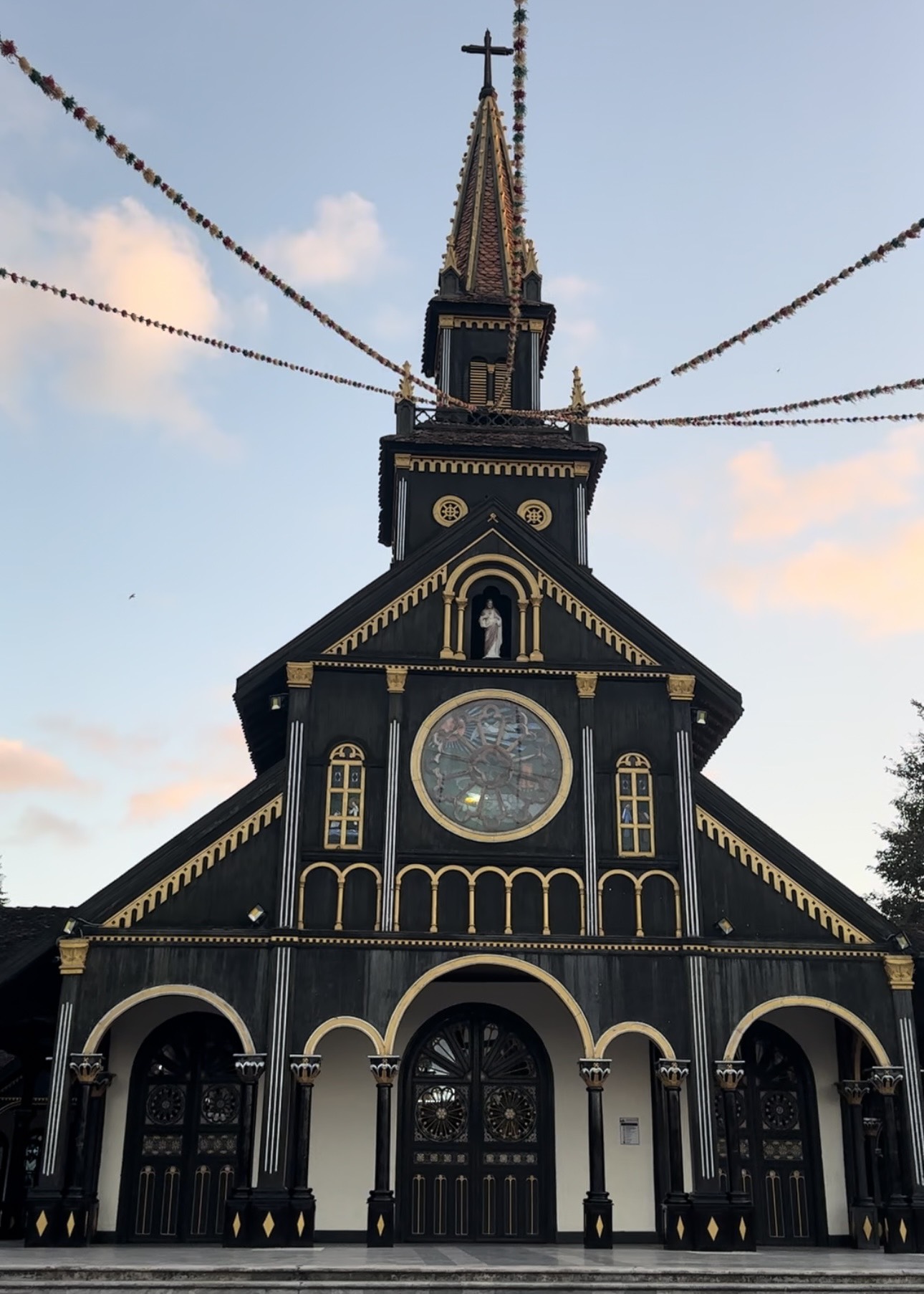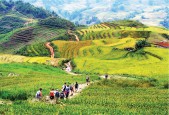In 1926, the slope and land area of about 10 acres, originally called Vung May, was levied by Le Huu Luong, a parishioner from Vung Tau, registered with the state from April 9, 1926. Then (14.4.1926) Luong transferred back to Nguyen Hong An ancestors known as Vien An (French nationality, lieutenant). In 1926, Mr. and Mrs. An built a stone chapel, next to a “static needle” that was later buried there (but later they moved to Ba Ria and died there).
On December 1, 1927, Mr. and Mrs. Nguyen Hong An offered the chapel and land to the Society of the Missions of Paris. Back then, Vung May is dense forest, monkeys cough flamingo crows, few people dare to visit, tigers sometimes find the bait, monkeys often run to block the path. After the missionaries missions for deforestation, silkworm mulberry farming, to create jobs for a number of people here: Bai Dau, the name comes from.
In 1962, at the inauguration of the Second Vatican Council, in October 1962 at Bai Dau Vung Tau, the parish priest and custodian Paul Nguyen Minh Tri built the monument of Our Lady of Merit seven meters high on the mountain side.
In 1963, Bishop Paul Nguyen Van Binh, bishop of Saigon, inaugurated the statue of Our Lady of Mercy.
On October 10, 1965 Xuan Loc was founded. Bishop Joseph Le Van Ind, the first bishop, officially announced that Bai Dau was the center of the Mother of the Diocese of Xuan Loc, where he spent 14 days of the Cross, built a vacation home, and enthusiastically organized a solemn pilgrimage to the Blessed Virgin Mary. Many parishioners will never forget the whole of the diocesan congregation in May 1973. Tens of thousands of people and hundreds of small boats to Bai Dau celebrate the largest procession at that time to honor Mary. The successive bishops made Bai Dau more and more attracted to the pilgrimage of Our Lady.
In 1992, on the first day of the year, the Blessed Mother of God, Bishop Paul Maria Nguyen Minh Nhat, Bishop Xuan Loc placed the stone restoring the pilgrim center. The church was replaced by the 25-meter-high Goddess of God, including the 27.5-meter Goddess.
In 1994, the Statue of Mary the Mother of God was baptized and inaugurated on December 31, 1994, with the preaching of Bishop Xuan Loc Nguyen. Later, the chapel was moved down to the foot of the mountain, giving room for a cathedral with a capacity of 1 (one) thousand, was built. The ground floor has been converted into a building capable of containing 100 (one hundred) thousand people. The statue of Our Lady of Mercy, which had been standing by the ocean for years, was removed and taken to the new station at Sao Mai Parish on March 10, 1995 and the pilgrims still took steps to Sao Mai for the blessing of Mother. Today, people search for Bai Dau to pray and visit Mother land increasingly crowded.
